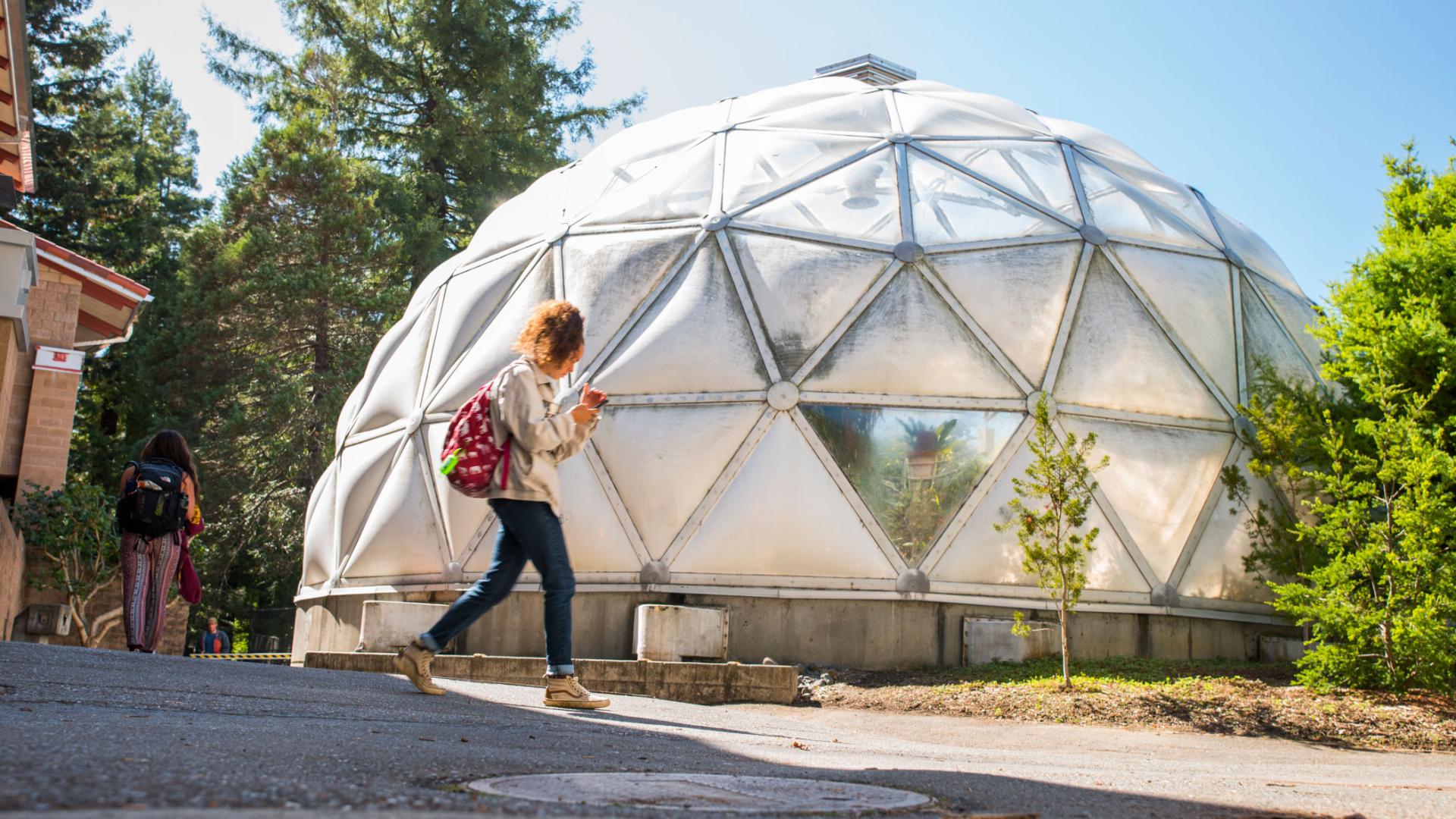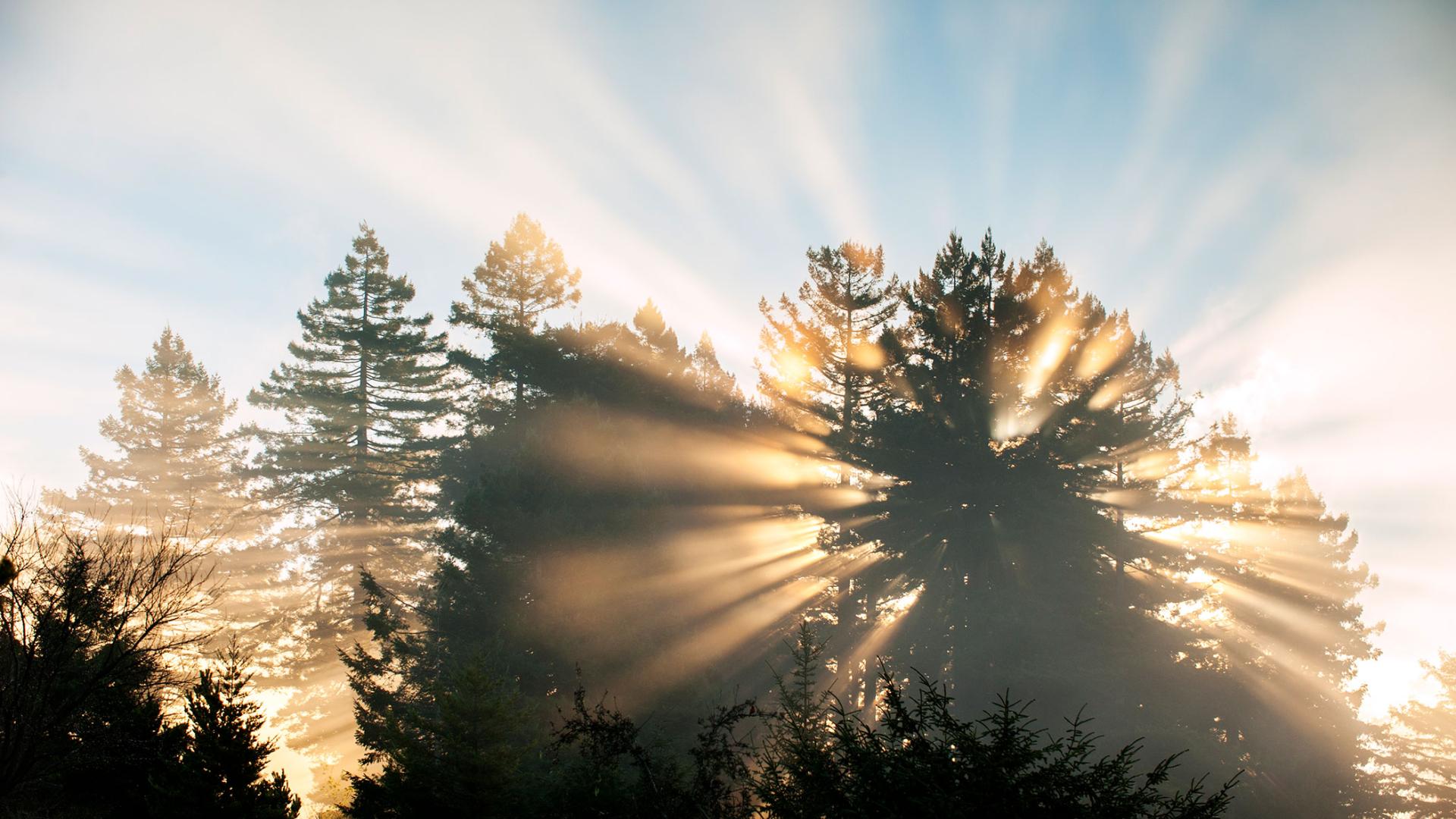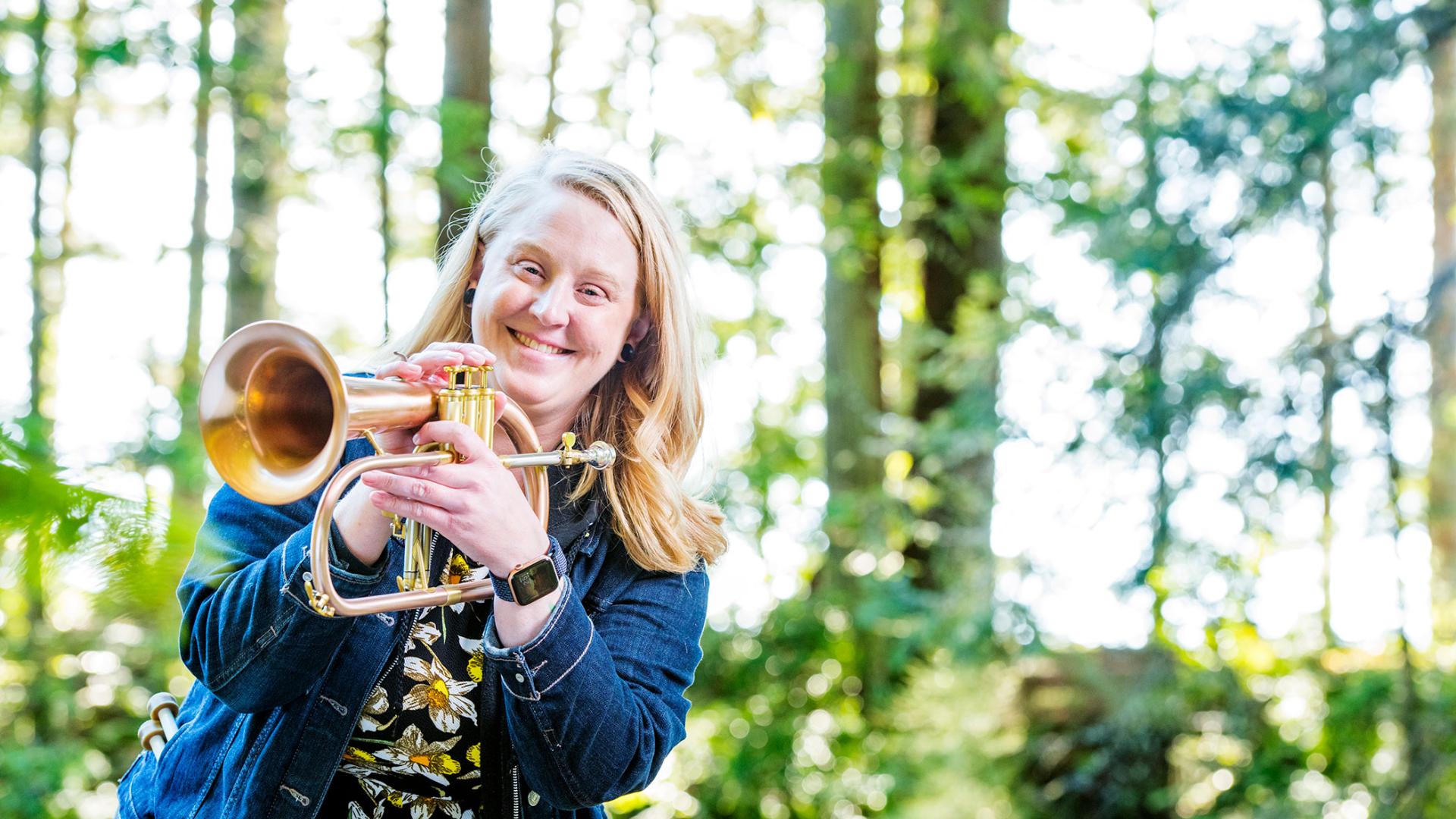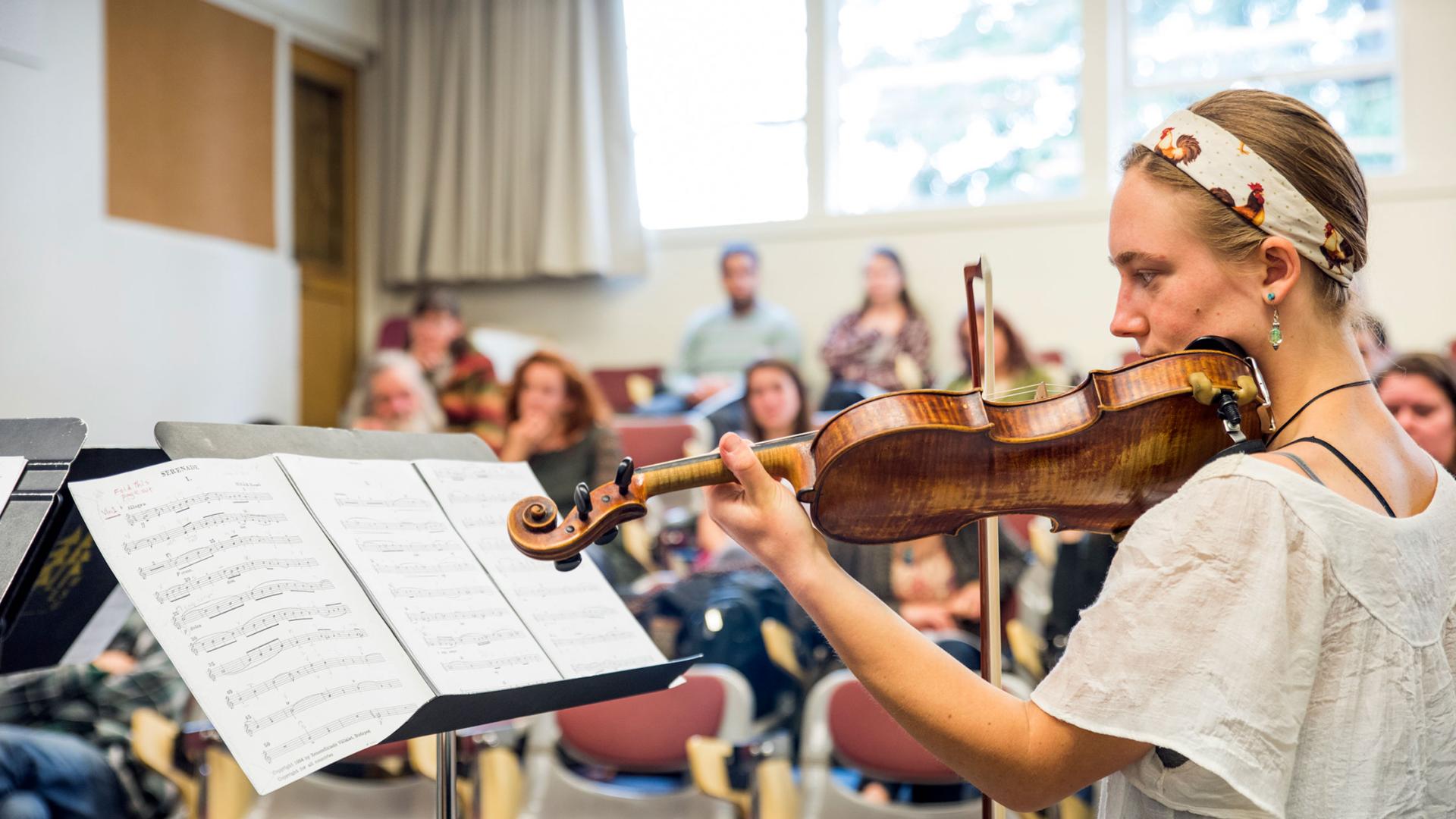Breadcrumb
Ghvtlh-k’vsh shu'-srnelh-'i (Kelp Guardians)
How to Say Ghvtlh-k'vsh shu'-srnelh-'i~ in the Tolowa Dee-ni’ Wee-ya' (Language)
![How to Say Ghvtlh-k'vsh shu'-srnelh-'i~ in the Tolowa Dee-ni’ Wee-ya' (Language) (image has artwork, QR code [link to QR code below] and FSL logo with the Great Seal of the Tolowa Dee-Ni' Nation)](/sites/default/files/food-sovereignty/2025-08/How%20to%20Say%20Ghvtlh-k%26%23039%3Bvsh%20shu%26%23039%3B-srnelh-%26%23039%3Bi~%20in%20the%20Tolowa%20Dee-ni%E2%80%99%20Wee-ya%26%23039%3B%20%28Language%29.jpg)
Spoken by Loren Me'lash-ne Bommelyn
Project Number: R/HCEOPC-44
Project Date Range: 2024-02 - 2026-01
Funding Agency: California Ocean Protection Council (OPC), National Oceanic and Atmospheric Administration (NOAA)
Focus Area(s): Healthy Coastal Ecosystems
PROJECT HIGHLIGHT
The recent decline of California's ghvtlh-k'vsh (kelp) forests directly affects the cultural lifeways and, thus, health of the Tolowa Dee-ni' Nation, prompting this project to train and certify up to ten Natural Resources Staff and Tribal Citizens to conduct kelp monitoring and restoration efforts.
PROJECT SUMMARY
The Ghvtlh-k'vsh shu'-srnelh-'i~ (Kelp Guardians) project represents a collaboration between the Tolowa Dee-ni' Nation (TDN) and three key partners: Reef Check Foundation, Sunken Seaweed and the Rou Dalagurr Food Sovereignty Lab and Traditional Ecological Knowledges Institute at Cal Poly Humboldt. Ghvtlh-k'vsh (kelp) forests hold profound ecological and cultural significance to the TDN and other coastal Indigenous communities in Northern California. As first stewards of the land and sea since time immemorial, the Nation has been and always will be conservationists grounded in a holistic perspective towards stewardship, restoration and understanding nature's intricate interconnectedness and balance.
This initiative addresses a critical gap, as TDN's Marine Division does not currently have the knowledge or training to monitor and restore ghvtlh-k'vsh forests. The project brings intensive training for TDN Natural Resources staff to acquire critical monitoring skills, such as scientific diving and kelp monitoring protocols. In partnership with Sunken Seaweed, TDN is piloting the use of tumble culture for production of lat (Pyropia spp.) to be used in cultural practices and in fostering tribal food sovereignty. The work also engages Indigenous youth in kelp restoration workshops rooted in community-based participatory methodologies.
The project has already achieved substantial progress across multiple areas. Nine Tolowa citizens have completed Open Water SCUBA certification through Reef Check's Dive into Science program, with more advanced Scientific Diver training planned to develop the Nation's capacity for independent kelp monitoring. Sunken Seaweed has established groundwork for kelp farming and restoration, developing informational materials, conducting site assessments, designing a land-based seaweed farm and submitting permitting paperwork for ocean-based kelp farming in Humboldt Bay. The Food Sovereignty Lab has created a credit-bearing internship program at Cal Poly Humboldt, and community engagement efforts have reached approximately 2,500 people through various outreach activities. These practices can serve as a template for other Indigenous communities seeking to develop culturally relevant kelp forest monitoring and restoration within their ancestral territories, promoting sustained representation of tribal coastal community stakeholders in policy and management of marine resources.
Principal Investigator
Rosa Laucci - Tolowa Dee-ni’ Nation
Co-principal Investigators
Cutcha Risling Baldy - Cal Poly Humboldt
Jan Freiwald - Reef Check Foundation
Torre Poizzi - Sunken Seaweed LLC
Morgan V. Murphy-Cannella - Reef Check Foundation
Kelp Guardians Fall 2025 Workshop Series
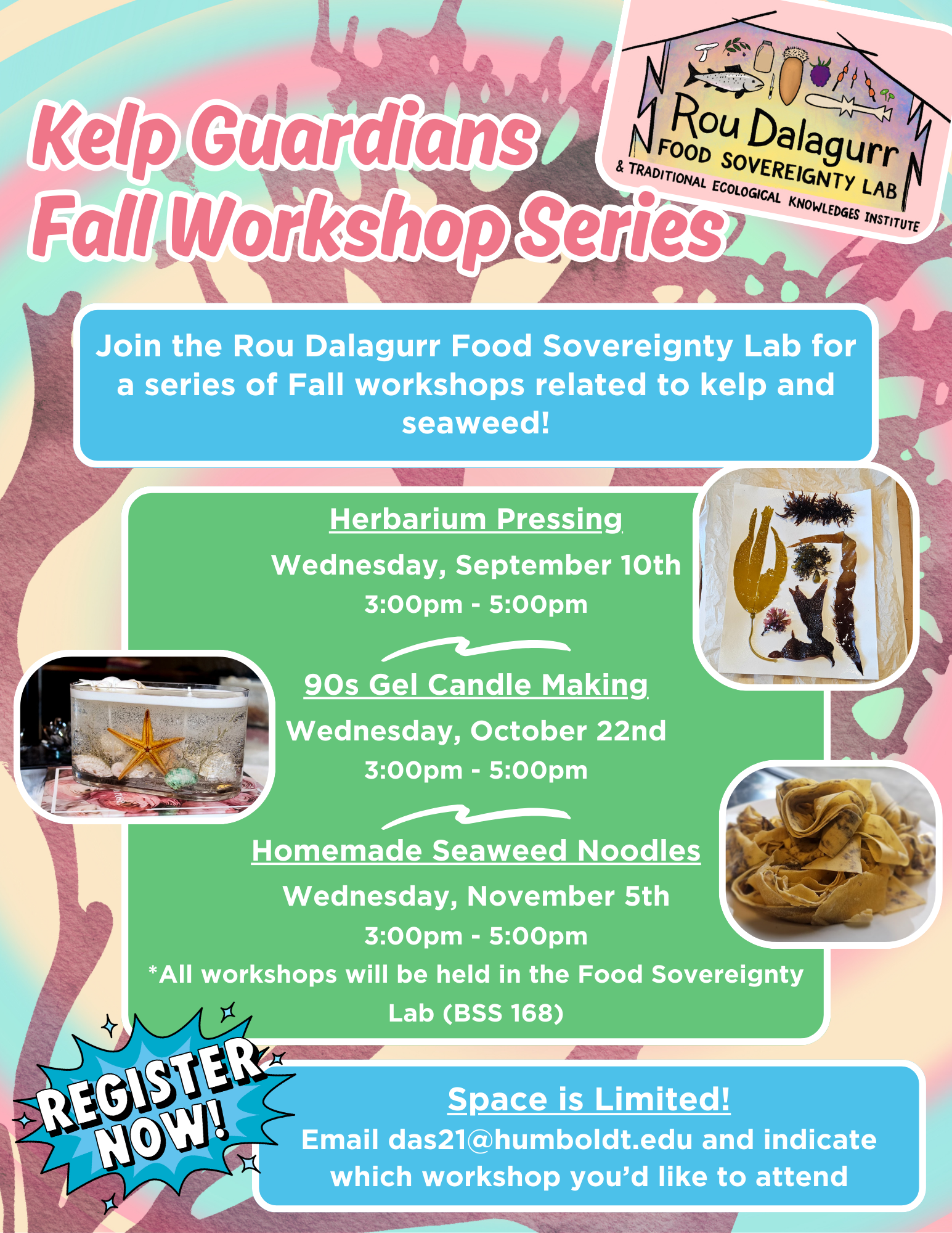
Join the Rou Dalagurr Food Sovereignty Lab for a series of Fall workshops related to kelp and seaweed!
Herbarium Pressing
Wednesday, September 10th
3:00pm - 5:00pm
90s Gel Candle Making
Wednesday, October 22nd
3:00pm - 5:00pm
Homemade Seaweed Noodles
Wednesday, November 5th
3:00pm - 5:00pm
*All workshops will be held in the Food Sovereignty Lab (BSS 168)
- Space is Limited!
- Email das21@humboldt.edu and indicate which workshop you’d like to attend
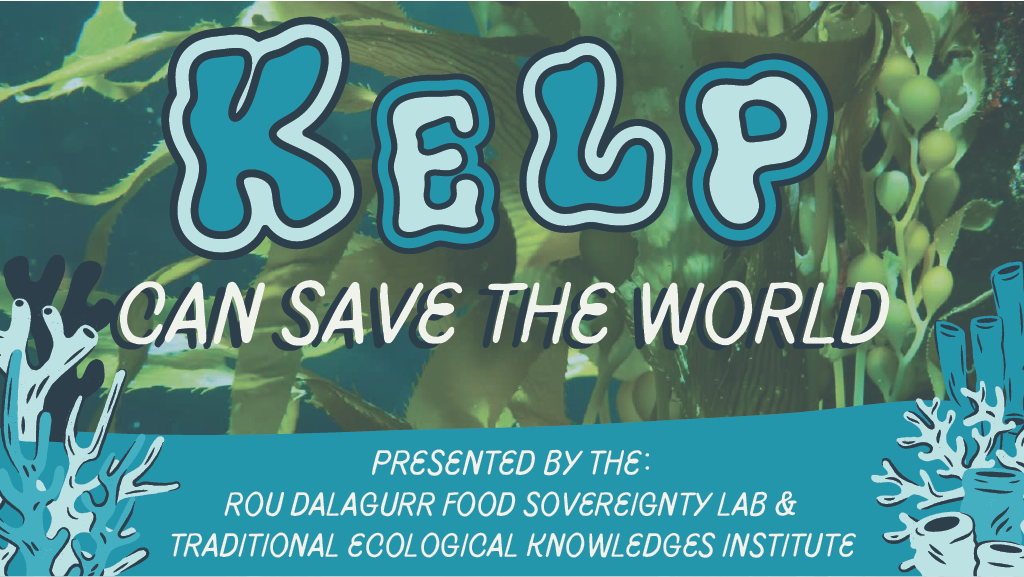
Kelp Can Save the World: Free Curriculum on Kelp and Seaweeds
The Kelp Guardians Project has developed a free curriculum presentation for educators and youth programs in Northwestern California. This slideshow includes youth centered education about the importance of red, green, and brown algae's in the fight against climate change. We at the Food Sovereignty Lab know how important our youth are to the future of our planet and traditions. We know that youth engagement is key to creating long lasting stewardship relations between us and our world. We encourage our community to use this fun and interactive slideshow to teach the next generations of marine stewards. Slideshow includes colorful designs, cute characters, videos, and photos of seaweeds and kelp forest habitats. We have also included an interactive game called “Where’s Larry the Leopard Shark?”. Larry is our adorable leopard shark mascot who makes an appearance in the slideshow. Much like an I Spy activity, educators are encouraged to offer a prize or incentive to whoever can find Larry first. This has been a highly successful way to encourage youth to focus attention and have fun while learning. Just have them yell out “Larry!” when they see him. This is a living curriculum, which means it can be updated. Making it extremely useful for educators to continue to use overtime. The Kelp Guardians Team has presented this at Arcata Elementary and Trinidad Elementary schools with youth ages 6-12 years old. For questions, comments, and feedback on this presentation, please email Delaney (das21@humboldt.edu)
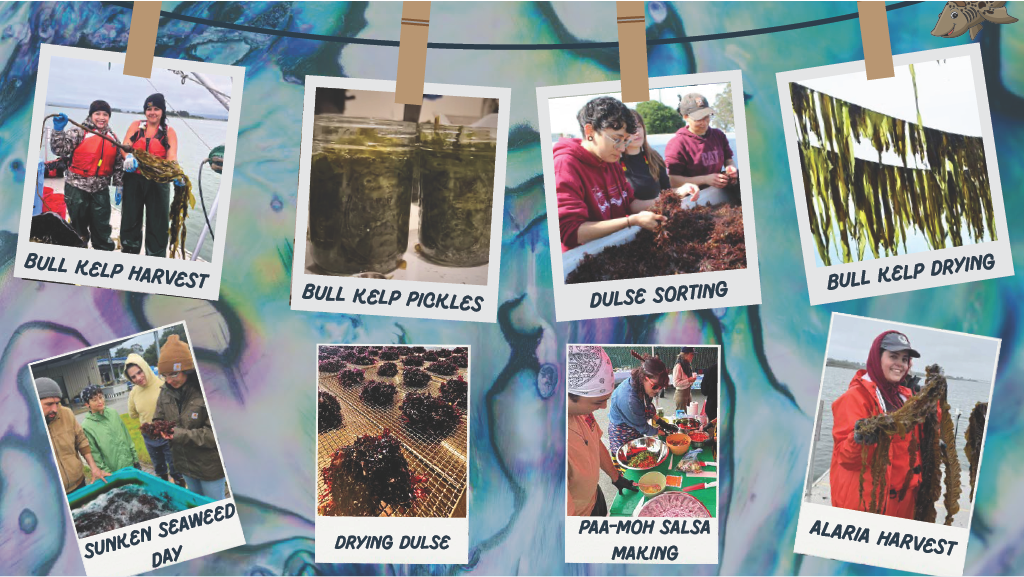
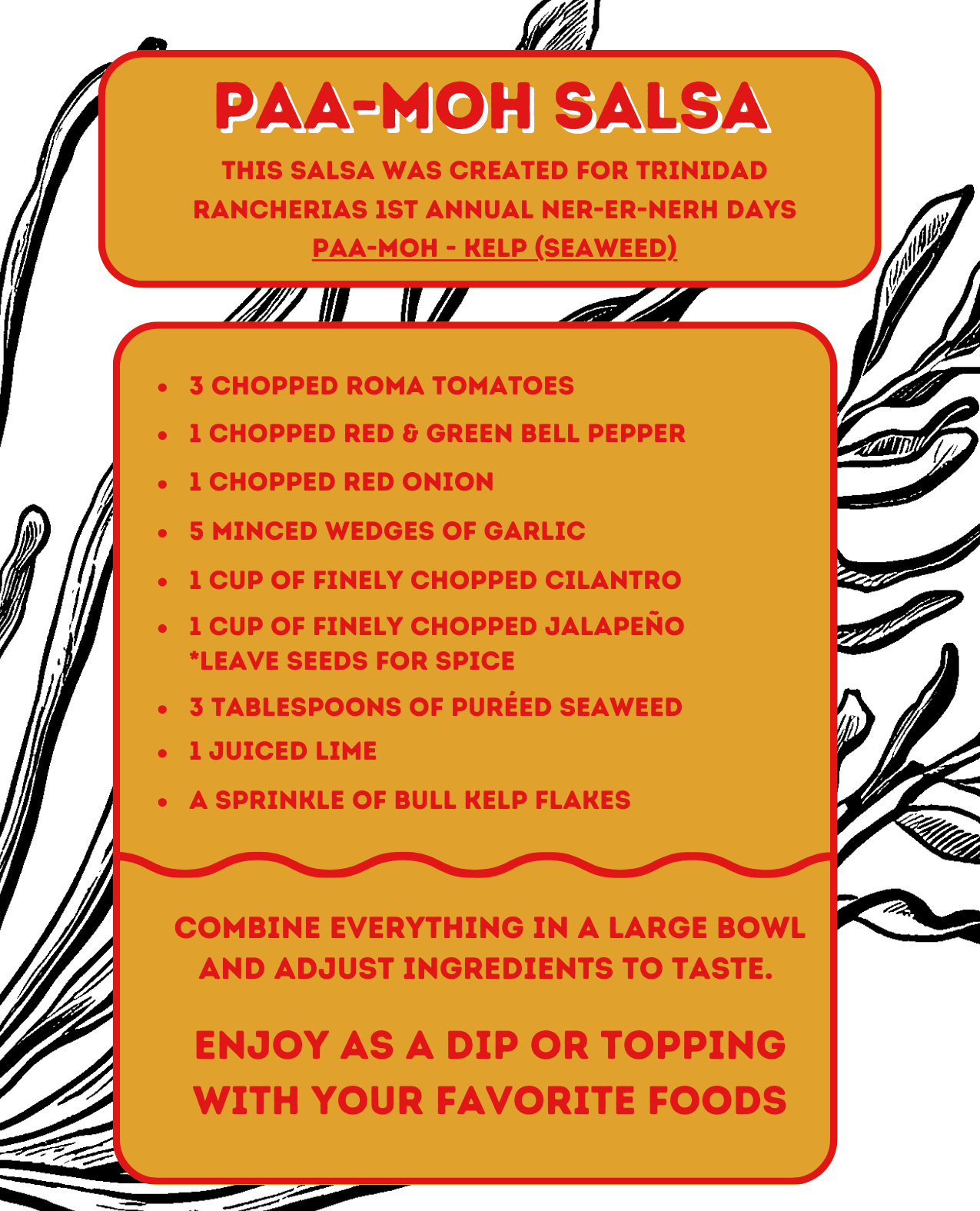
This Salsa was Created for Trinidad
Rancherias 1st Annual Ner-er-nerh Days
Paa-moh - kelp (seaweed)
- 1 cup of finely chopped cilantro
- 3 chopped roma tomatoes
- 1 chopped red & Green Bell pepper
- 1 Chopped Red onion
- 5 minced wedges of garlic
- 1 cup of finely chopped jalapeño
*Leave seeds for spice - 3 Tablespoons of puréed Seaweed
- 1 juiced lime
- A sprinkle of Bull kelp flakes
Combine everything in a large bowl
and adjust ingredients to taste.
Enjoy as a dip or topping
with your favorite foods!
Meet the Kelp Guardian Interns
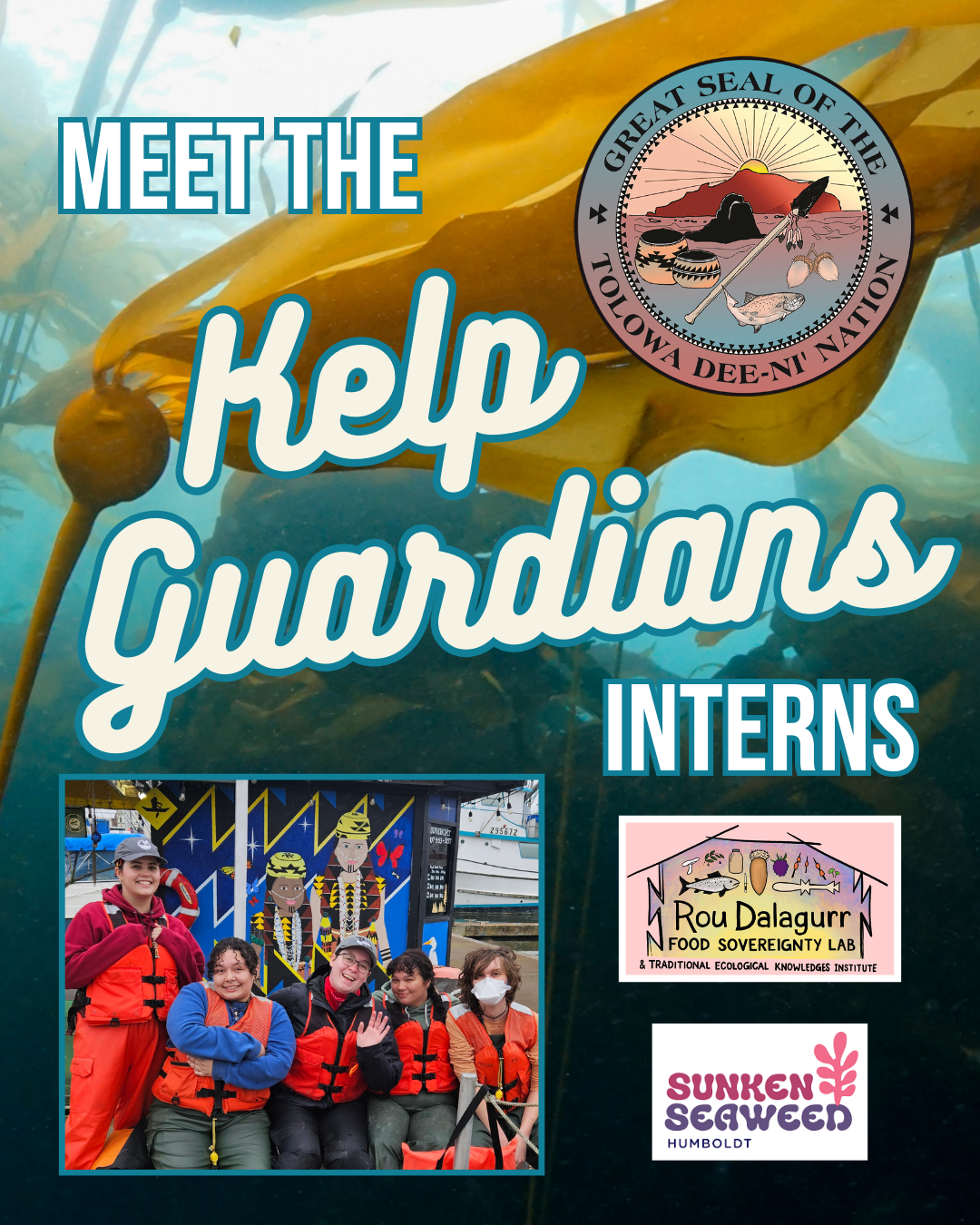
But wait! What is a Kelp Guardian?

Ghvtlh-k’vsh (kelp) forests hold a profound ecological and cultural significance to the Tolowa Dee-ni’ Nation (TDN) and other coastal Indigenous communities in Northern California. As first stewards of the land and sea since time immemorial, the Nation has been and always will be conservationists grounded in a holistic perspective towards stewardship, restoration and understanding nature's intricate interconnectedness and balance.
GHVTLH-K'VSH SHU'-SRNELH-'I~ means Kelp Guardian in the Tolowa Dee-ni’ Language
California's ghvtlh-k'vsh (kelp) forests directly affects the cultural lifeways and, thus, health of the Tolowa Dee-ni' Nation, prompting this project to train and certify up to ten Natural Resources Staff and Tribal Citizens to conduct kelp monitoring and restoration efforts.
To Learn More, Visit www.caseagrant.ucsd.edu
Meet the Interns:
Annette Moulay
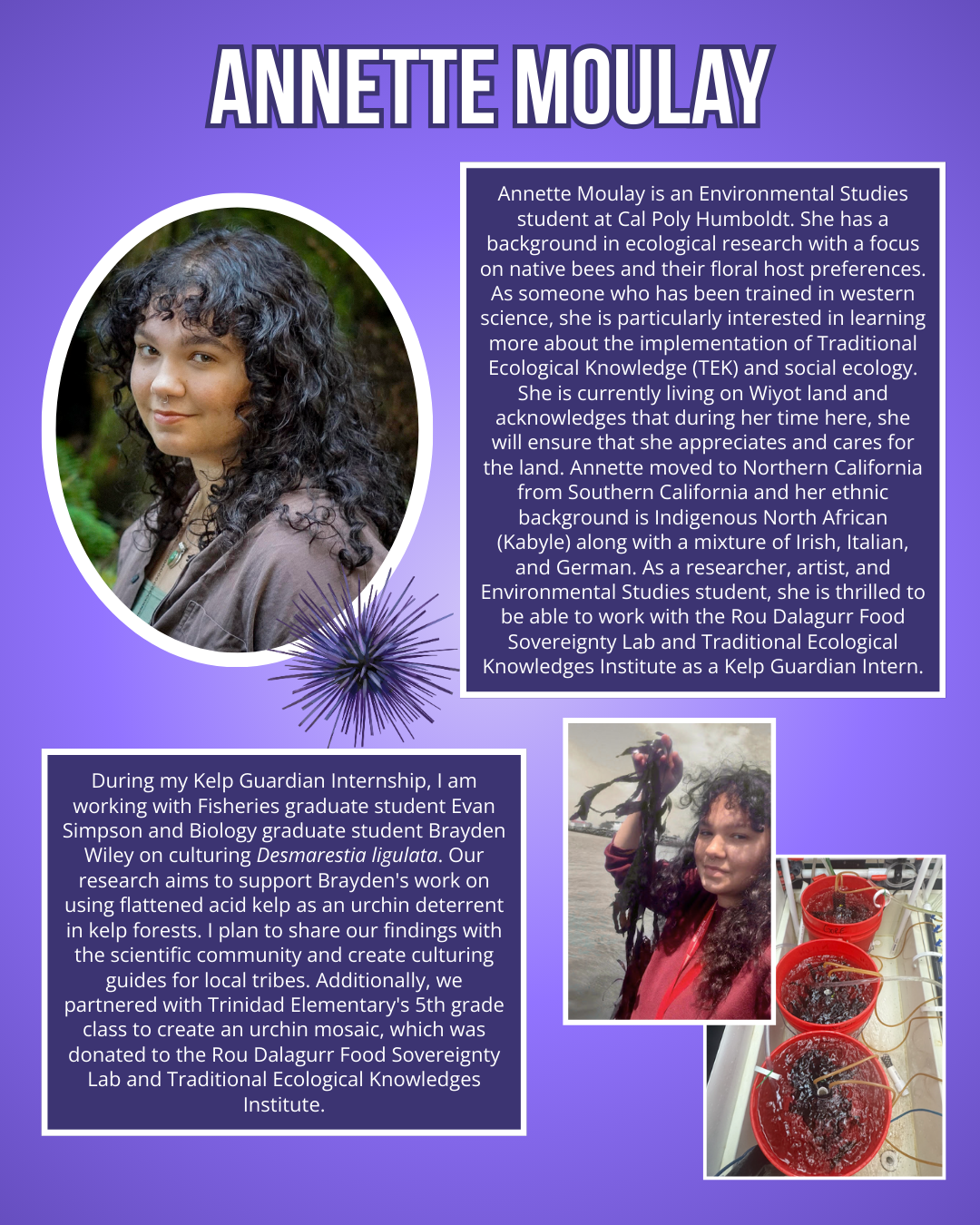
Annette Moulay is an Environmental Studies student at Cal Poly Humboldt. She has a background in ecological research with a focus on native bees and their floral host preferences. As someone who has been trained in western science, she is particularly interested in learning more about the implementation of Traditional Ecological Knowledge (TEK) and social ecology. She is currently living on Wiyot land and acknowledges that during her time here, she will ensure that she appreciates and cares for the land. Annette moved to Northern California from Southern California and her ethnic background is Indigenous North African (Kabyle) along with a mixture of Irish, Italian, and German. As a researcher, artist, and Environmental Studies student, she is thrilled to be able to work with the Rou Dalagurr Food Sovereignty Lab and Traditional Ecological Knowledges Institute as a Kelp Guardian Intern.
During my Kelp Guardian Internship, I am working with Fisheries graduate student Evan Simpson and Biology graduate student Brayden Wiley on culturing Desmarestia ligulata. Our research aims to support Brayden's work on using flattened acid kelp as an urchin deterrent in kelp forests. I plan to share our findings with the scientific community and create culturing guides for local tribes. Additionally, we partnered with Trinidad Elementary's 5th grade class to create an urchin mosaic, which was donated to the Rou Dalagurr Food Sovereignty Lab and Traditional Ecological Knowledges Institute.
Isaac Kinney

Isaac (He/Him/Theirs) (Yurok/Chicano) is a first year graduate student working as a Kelp Guardians intern supporting the Rou Dalagurr Food Sovereignty Lab.
Isaac grew up all his life on the Trinity and Klamath Rivers with the only exception of four years at the University of California Davis; coming home with a degree in Native American Studies. Isaac has experience working in philanthropy, transportation systems and Tribal governance.
Isaac aims to help build local and regional trails for non-motorized travel as well as waterways projects that build resilient infrastructure for climate change adaptation.
Isaac is excited to work on inter-Tribal projects with regional positive impacts.
Roslyn Gilbert

Roslyn Gilbert is a settler in Goudi'ni on stolen Wiyot Land. She is a pathogen realist, and loves to mask and educate others to play her part in protecting her community from deadly and life altering viruses. Roslyn has spent a lot of her time in college studying and learning about the ongoing structures of genocide, and hopes to be able to orient herself against these structures while interning at the FSL by acting as an accomplice to Native people through mutual aid and striving towards food sovereignty.
I am working on a bullkelp tumble culture project at Sunken Seaweed with the intention of making a soral bank. This soral bank will be used to share bullkelp spores and starts with tribes and other local actors engaging in restoration efforts. An important feature of this project is a technique called “crowing”, in which the pneumatocyst/bulb of the bull kelp is cut equatorially to prevent floating in the tumble culture tank. Growing bull kelp in tumble culture can also make its blades available to eat and be shared through the FSL, although it is not a traditional relationship with bull kelp.
Olivia Wyatt
Haku yila’ ma ktɨ ka Olivia Wyatt, Alapalaxulapu ni Sʰamala Chumash i no.

My name is Olivia Wyatt,
I am from Santa Ynez Valley, and I am Sʰamala Chumash. I am working towards my Bachelor’s degree in Native American Studies, Tribal Leadership, and American Indian Education to bring knowledge and empowerment back to my community. My goal is to help strengthen cultural preservation, support tribal sovereignty, and make critical changes to systemic injustices. Through my studies and future work, I aim to uplift Indigenous voices, advocate for policy reform, and create spaces where traditional knowledge and modern education come together to sustain our ways of life for generations to come.
During my time as a Kelp Guardian Intern, I have participated in and organized various types of projects and events. Currently, I am conducting an intercept survey at North Clam Beach for the North Coast Native Protectors organization, a collaborative group focused on protecting the cultural and natural resources of the North Coast region of California. We are interviewing individuals to gather baseline information about their experience at Clam Beach as part of a research project. This data will serve our local community and tribal nations to best understand and protect our ocean, beach environment, and gathering locations. I have been avid in educating our youth about the importance of seaweed to us as humans and to the planet. Fourth graders at La Cañada Elementary School, in Santa Barbara County, were given a presentation on seaweeds and environmental conservation. They also had the opportunity to engage with seaweed in a hands-on touch tank activity. At the Food Sovereignty Celebration hosted by NCIDC, community members and youth had the opportunity to engage with local native plants and food preparation demonstrations. I assisted with painting a mural of native plants and animals alongside other interns, community members, and youth while speaking to them on the role we play as humans to ensure these animals and foods are sustained. The remained of my time as an intern is spent working at the Sunken Seaweed farm in Humboldt Bay, where I assist with farm maintenance, seaweed cultivation, drying, and lab work.
Cody Stapley
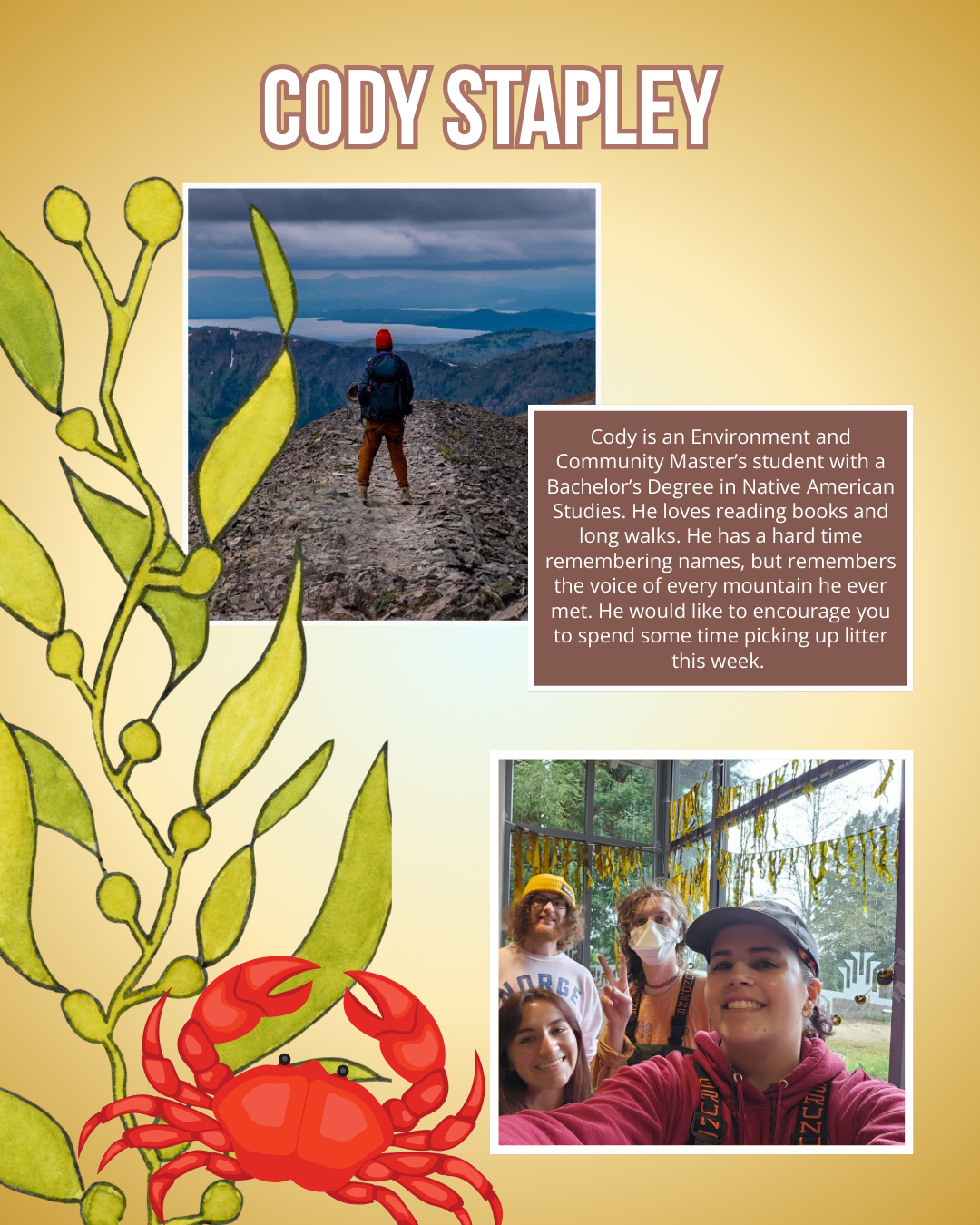
Cody is an Environment and Community Master’s student with a Bachelor’s Degree in Native American Studies. He loves reading books and long walks. He has a hard time remembering names, but remembers the voice of every mountain he ever met. He would like to encourage you to spend some time picking up litter this week.
Navina Cedillo
Navina Cedillo (she/her) is a student attending Cal Poly Humboldt, majoring in Environmental

Science Management (ESM), with a concentration in Ecological Restoration, and minoring in
Marine Fisheries Biology. She is a mixed-race, Latina, European-settler, descendant of the Yurok
peoples, who is a born-and-raised settler of the lands of the Nisenan, Maidu, and Miwok peoples,
now known today as Sacramento, California. Currently, she is a guest on the unceded land of the
Wiyot peoples, and is always looking for more ways to learn about the history and culture of the
people who are the historical caretakers of this land. Currently, Navina is a Kelp Guardian intern
at Cal Poly Humboldt through the Ghvtlh-k’vsh shu'-srnelh-'i~ (Kelp Guardians) Sea Grant with
the Tolowa Dee-ni’ Nation and the Rou Dalagurr Food Sovereignty Lab & Traditional
Ecological Knowledge Institute. Additionally, she is working with North Coast Native Protectors
(NCNP) / Center For Economic and Environmental Development (CEED) as an intern in the
Summer of 2025, surveying in MPA’s (Marine Protected Areas) to monitor the effectiveness of
efforts to protect endangered, native species in Humboldt County. As an aspiring conservationist,
she hopes to blend her knowledge of Western science with her education in Traditional
Ecological Knowledge from local Native communities to serve Native communities in her career
through decolonization and restoration. Navina enjoys working with community members and
learning from their stories, notably through community events to restore the natural environment
to its pre-colonial state. She is passionate about land, plant, and animal restoration, as they are
kin to Native ancestors and consequently, their descendants as well. Currently, she is learning
more about kelp cultivation and the restoration of culturally and environmentally significant
species to native lands/waters. She is devoted to learning more about decolonizing the mind and
the environment by participating in community events and listening to the stories of members of
Native American communities, ultimately gaining a better understanding of Traditional
Ecological Knowledge.
Willow Sedam

Willow Sedam (she/they) earned her associate’s degree in wildlife technology at Front Range Community College in her hometown of Fort Collins, Colorado, before transferring to Cal Poly Humboldt to pursue a bachelor’s in wildlife ecology, conservation and management. As an artist with experience in environmental education and interpretation, she hopes to use art to make science more accessible and inspire a greater appreciation for the natural world. She is interested in local sustainable foodways and excited to get to know the plants and animals of northern California, and how we can best live alongside them.
Project Description: I’m developing educational and artistic materials highlighting the importance of seaweed. I’ve created a series of stickers featuring kelp and the animals that rely on it such as otters and whales, representing the kelp patterned across their bodies as a part of them as it forms the basis of the food chains they live in; a kelp forest sticker sheet with educational information on species that live in kelp forests; murals that the community has helped paint themed around kelp and native foods; and poster and brochure hand-outs about kelp decline and kelp farming along the California coast.


